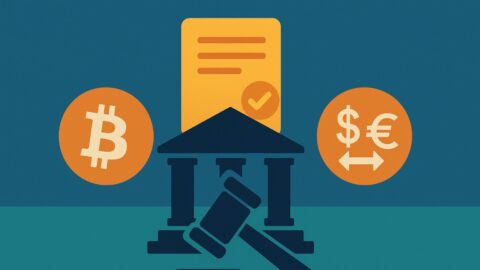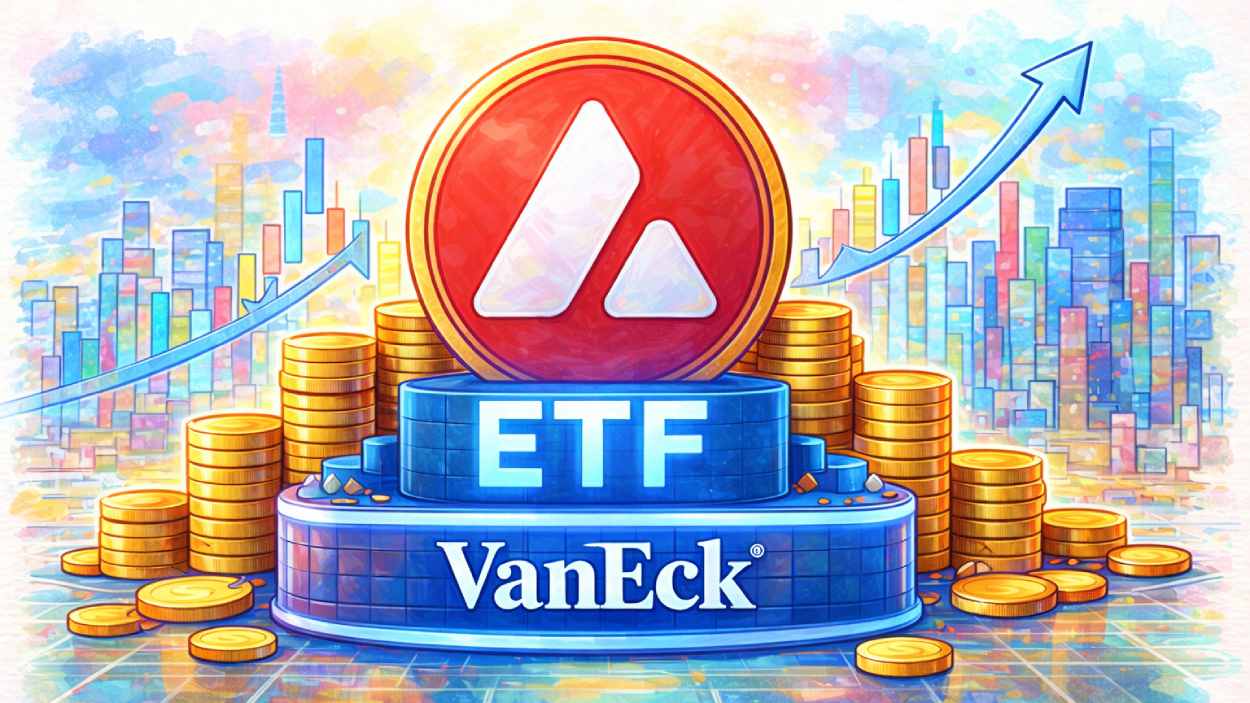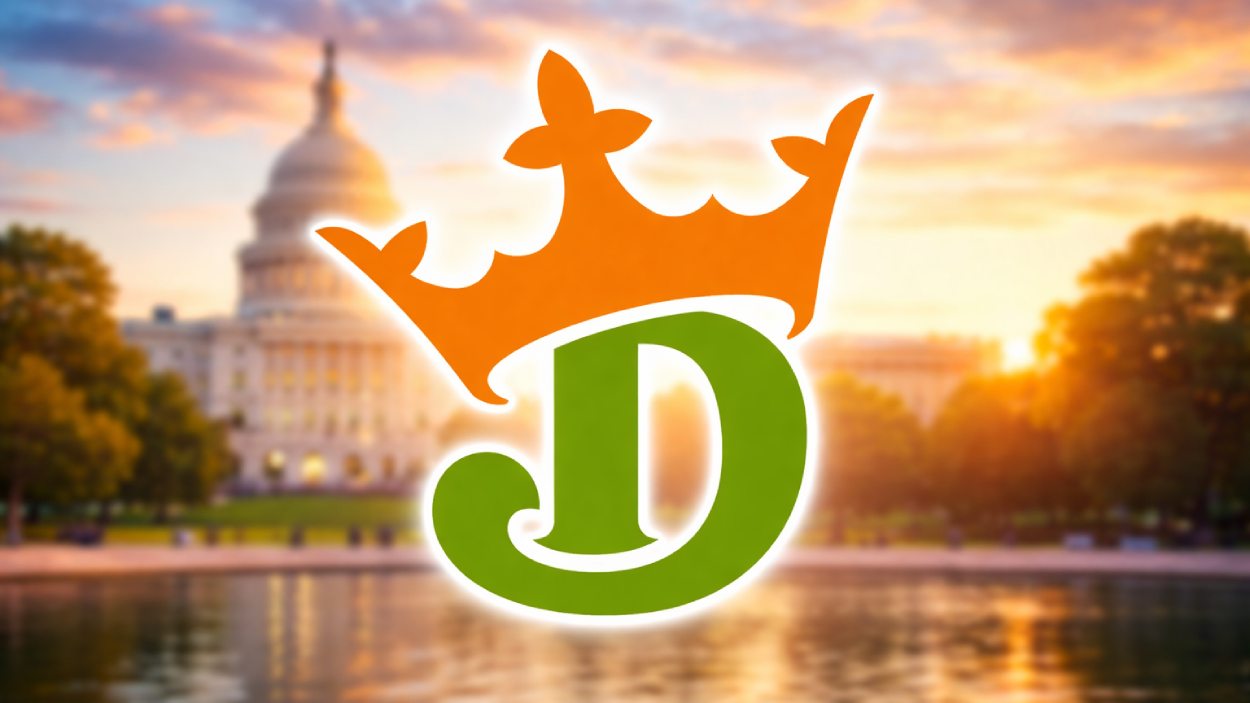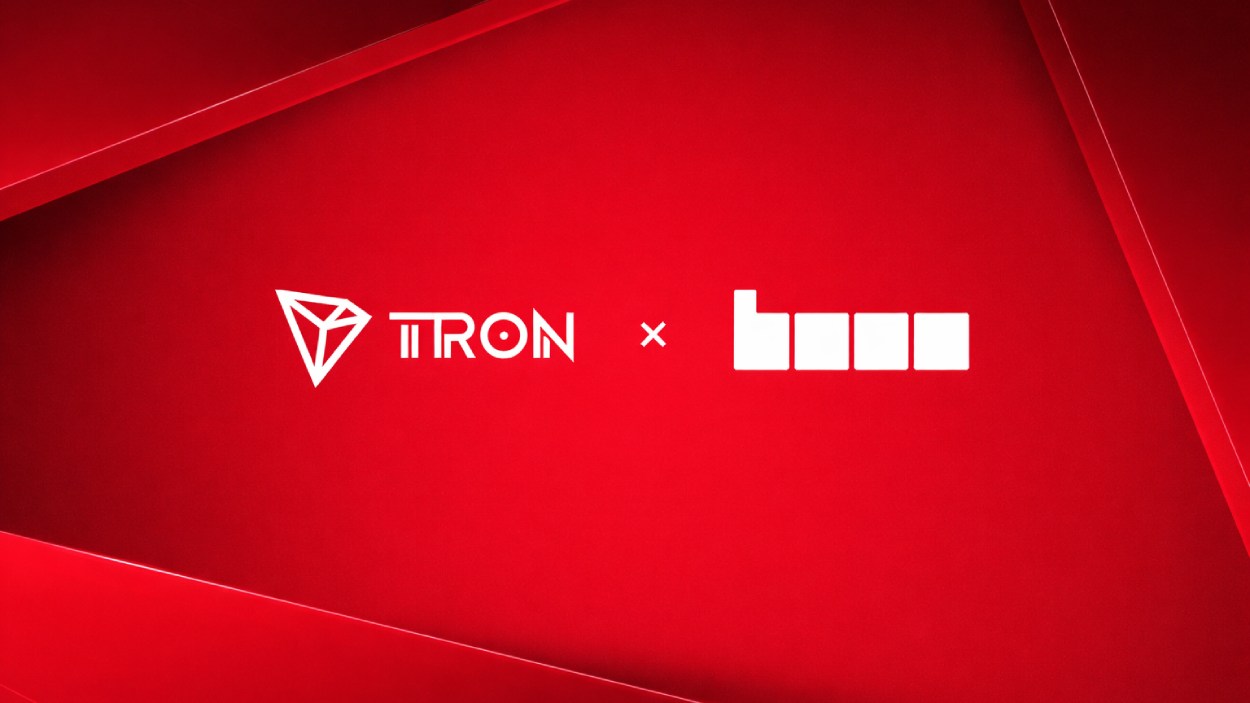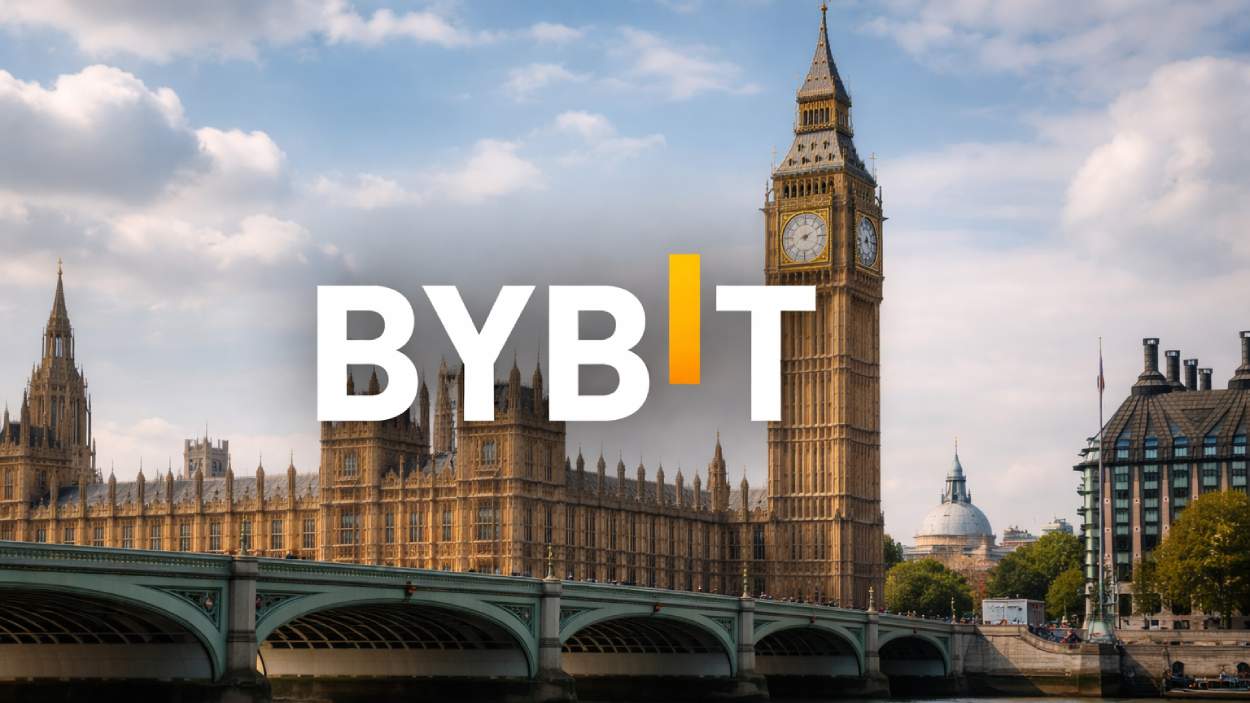Bitcoin dropped sharply after Treasury Secretary Scott Bessent confirmed the U.S. will not buy new Bitcoin for its digital asset reserve.
Key Takeaways
- 1U.S. Treasury will not buy additional Bitcoin for its reserve, instead using confiscated crypto assets.
- 2Bitcoin dropped below $119,000 following the announcement after reaching an all-time high earlier in the day.
- 3The U.S. currently holds around 198,000 BTC valued between $15 to $20 billion.
- 4The move aligns with Trump’s crypto vision, but contrasts earlier suggestions of new acquisitions.
What Happened?
In a Fox Business interview on August 14, Treasury Secretary Scott Bessent revealed that the U.S. government will not purchase new Bitcoin to build its strategic reserve. Instead, it will rely on confiscated crypto assets already held by the government. This announcement came just hours after Bitcoin hit an all-time high above $124,000 before dropping below $119,000 on the news.
Trump’s Bitcoin Reserve Strategy
President Donald Trump’s administration has made crypto a centerpiece of its economic and innovation agenda. In March, Trump signed an executive order calling for a Strategic Bitcoin Reserve and digital asset stockpile as part of a broader plan to make the U.S. a global leader in crypto.
Bessent clarified that:
- The Bitcoin in the reserve will come entirely from confiscated assets.
- The government will stop selling these holdings to preserve them as a store of value.
- No new funds will be used to buy Bitcoin outright, diverging from previous ideas involving revenue from tariffs or gold certificate reevaluation.
According to data from BitcoinTreasuries, the U.S. government currently holds 198,022 BTC, which Bessent estimates is worth between $15 billion and $20 billion at current prices.
Market Reaction and Investor Sentiment
Bessent’s announcement caused a swift reaction in the crypto market:
- Bitcoin fell below the $120,000 psychological support level, briefly trading at $118,833.
- This downturn followed a surge that had seen Bitcoin surpass Google’s $2.4 trillion market cap, briefly becoming the fifth-largest global asset.

Despite the sharp dip, many analysts see long-term strength in the reserve strategy. The administration’s firm stance on holding rather than selling Bitcoin assets supports the view of crypto as a legitimate store of value, akin to gold.
A Digital Fort Knox?
David Sacks, White House advisor for AI and crypto, previously described the reserve concept as creating a “digital Fort Knox”. The idea is to secure America’s Bitcoin holdings in a way that mimics traditional gold reserves, contributing to financial stability in the face of rising inflation and national debt.
On March 7, Sacks posted that Bitcoin held by the U.S. would not be sold and would serve as a long-term strategic store of value. This sentiment was reinforced by Bessent’s comments and aligns with a broader vision of reducing reliance on fiat-driven stimulus tools.
Related Legislation and Context
Trump’s broader crypto agenda has also included:
- The GENIUS Act, already passed.
- Ongoing work on the CLARITY Act and Anti-CBDC Act.
- A focus on creating a “budget-neutral” Bitcoin reserve strategy, as stated in the executive order.
Meanwhile, the U.S. national debt recently exceeded $37 trillion, pushing more investors to consider Bitcoin as a hedge against inflation and traditional financial risks.
CoinLaw’s Takeaway
I think this move is a smart compromise between bold innovation and fiscal caution. By choosing to build the Bitcoin reserve with confiscated assets, the administration is flexing its crypto-forward vision without creating new financial risks. It’s also a strong signal that the U.S. is serious about holding Bitcoin long term. But let’s be real, markets are jittery. The immediate selloff shows investors were hoping for fresh demand, not just policy talk. Still, in the long run, a well-guarded U.S. Bitcoin stash could be incredibly powerful. The digital Fort Knox idea? I’m all in on that.






